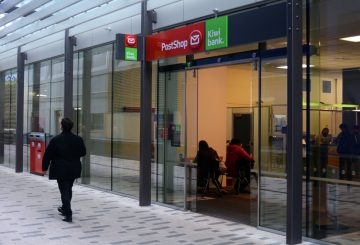Núi Ruapehu, một ngọn núi lửa ở New Zealand, phun trào lần cuối vào năm 1995-1996. Các chuyên gia cho biết nếu nó phun trào trở lại, tro bụi có thể bao phủ nhiều ngôi nhà ở Đảo Bắc, ngay cả ở những nơi như Auckland. Ủy ban Mối nguy hiểm tự nhiên đang tài trợ cho một mô hình mới của GNS Science. Mô hình này sẽ giúp các nhóm khẩn cấp theo dõi nơi tro rơi và có bao nhiêu, điều này sẽ hỗ trợ phản ứng nhanh chóng.
Tiến sĩ Josh Hayes từ GNS đang làm việc trên mô hình này. Ông tin rằng Ruapehu có thể sẽ phun trào trở lại trong vòng 50 năm tới. Trong khi các vụ phun trào trong quá khứ gây ra ít thiệt hại, vụ phun trào tiếp theo có thể lớn hơn và ảnh hưởng đến các khu vực khác nhau. Do dữ liệu hạn chế về các vụ tro tàn trong quá khứ ở New Zealand, các nhà nghiên cứu đang sử dụng thông tin từ các quốc gia khác để dự đoán tác động.
Mô hình mới sẽ sử dụng dữ liệu tro rơi theo thời gian thực từ Geonet, kết hợp với thông tin về các tòa nhà và rủi ro của chúng. Điều này sẽ giúp các đội cấp cứu hiểu những cấu trúc nào có thể bị hư hại trong một vụ phun trào. Mô hình sẽ được cập nhật liên tục với thông tin mới, đặc biệt nếu núi lửa phun trào nhiều lần.
Tiến sĩ Hayes lưu ý rằng trong khi tro bụi có thể gây ra một số vấn đề (như máng xối sập), nhưng thiệt hại đáng kể của tòa nhà ít xảy ra hơn vì không có nhiều ngôi nhà gần núi lửa. Phần lớn đất đai xung quanh là vườn quốc gia, đóng vai trò như một rào cản tự nhiên chống lại sự tàn phá nghiêm trọng.
Mục tiêu của Ủy ban Mối nguy hiểm tự nhiên là làm cho New Zealand chuẩn bị tốt hơn cho các thảm họa thiên nhiên. Họ muốn cộng đồng phục hồi nhanh hơn sau các sự kiện như núi lửa phun trào. Thị trưởng Ruapehu, Weston Kirton, nhớ lại vụ phun trào năm 1996, làm gián đoạn các sân bay và sân trượt tuyết. Ông ủng hộ mô hình rơi tro mới, hy vọng nó sẽ cải thiện việc lập kế hoạch và phản ứng trong tương lai. Mô hình dự kiến sẽ hoàn thành vào cuối năm 2025.





























































